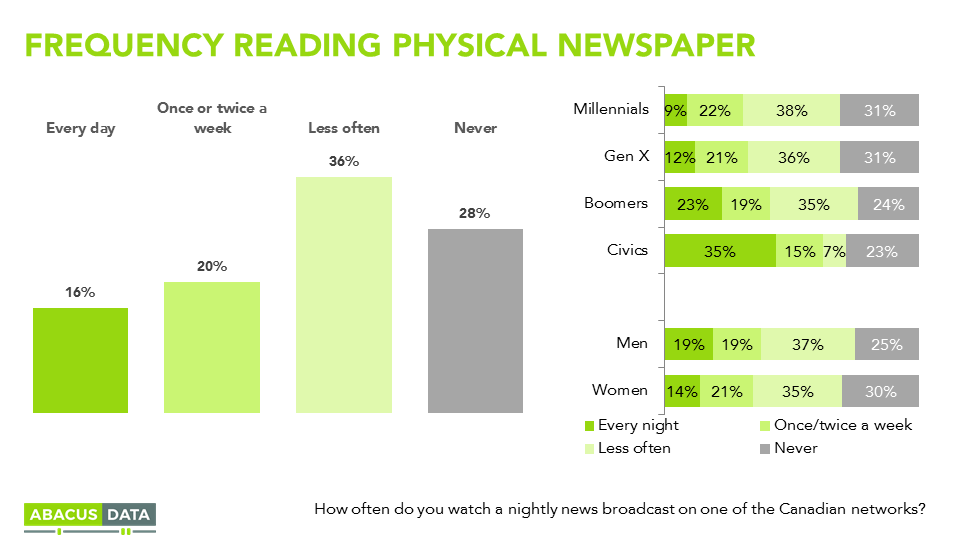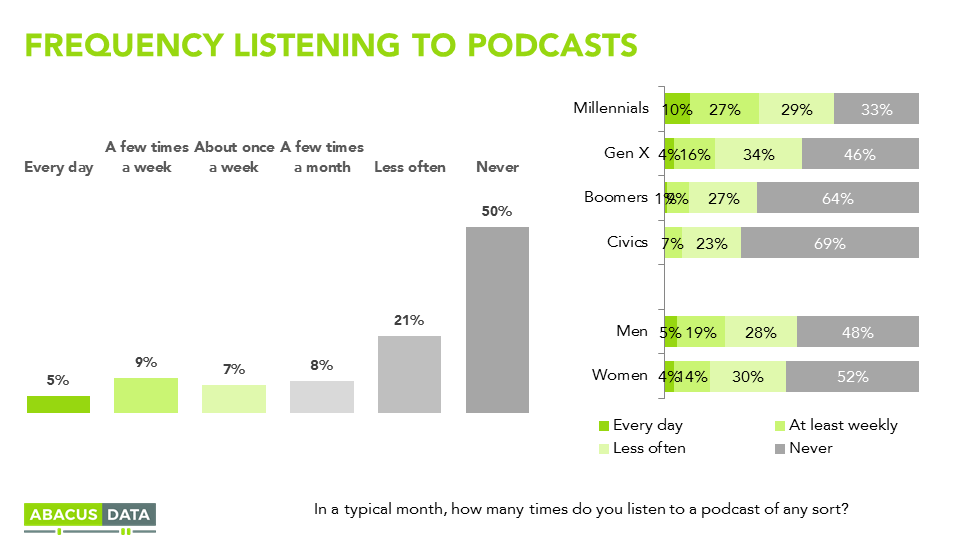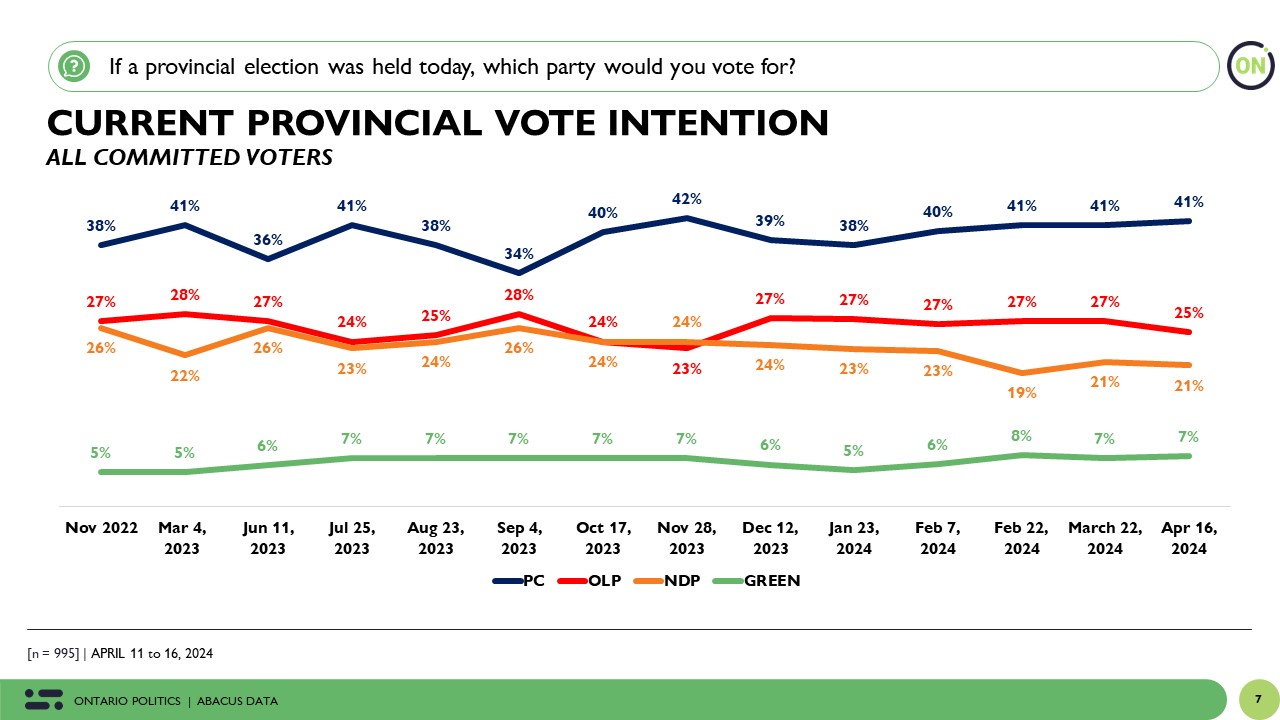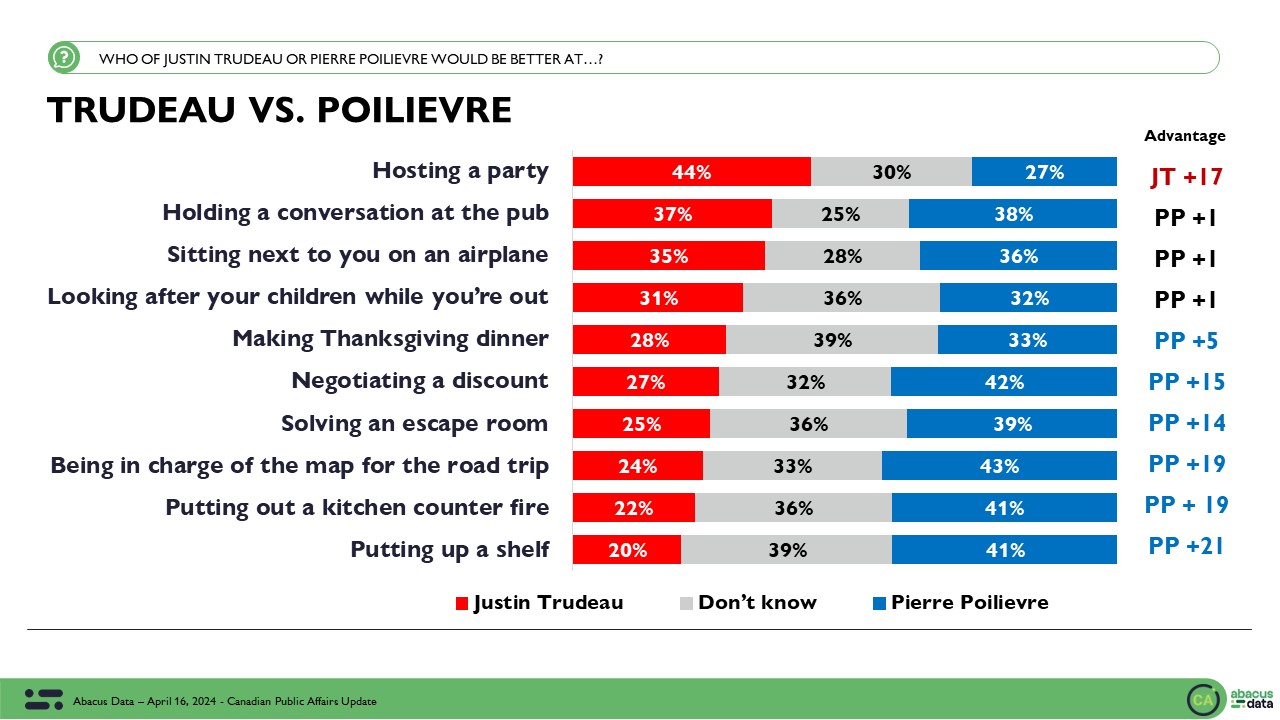Disruption in the Canadian News Business
April 30, 2017
Yesterday we looked at news bias and fake news. In our latest survey, we examined a range of questions about how Canadians access news content with a focus on TV news and newspapers. This is our second release on this topic.
Here’s what we found:
• About one in three (36%) watch a national news broadcast every night, another 24% say they watch once or twice a week. About one in five (18%) never watch a national news broadcast, including 25% of Millennials. The age differential on this question was striking. Among Baby Boomers (aged 55 to 71) 50% watch every night; among Millennials (aged 18 to 37), the number drops to 15%.
• Just 16% read a physical copy of a newspaper every day – more people (28%) say they never do. Even among Baby Boomers (55 to 71), only 23% say they read a physical paper every day, and 24% say they never do.
• For podcasts, a content format that didn’t exist only a few years ago, 20% listen at least once a week, including 5% who say they listen to a podcast every day. Half (50%) overall have at least sampled podcasts, led by Millennials (67%) — 10% of whom listen daily.
• Given the series of financial disappointments for Postmedia, we asked people how the potential demise of that company would affect them. The majority (56%) say it “won’t really affect me”, and another 39% say “I’ll be disappointed but I’ll use other ways to be informed.” One in twenty (5%) said “it will be a big problem for me in terms of being able to stay in touch with the news I need.
• Differences across generations and across regions were rather modest. There was no significant difference between those living in urban or rural areas.
• The most disappointed are those who currently read a physical newspaper every day. 14% felt it would be a big problem for them while another 52% said they would be disappointed, but they will use other ways to be informed.




UPSHOT
According to Bruce Anderson: “Massive change in media habits has been evident all over the world and Canadians are experiencing this as well. The long term dominant role of nightly news and physical newspapers is clearly being displaced by a variety of other means of news consumption, a process led by younger generations who want their news not by appointment, but on demand. They also want it to follow them wherever they are, not require them to arrange a delivery or watch on a TV screen.
Given the extensive disruption, it is perhaps not that surprising that so many people seem to shrug off the implications of the potential demise of the country’s leading chain of newspapers. But while policy makers and journalists may be worried about this scenario, few in the public see it as a game changer.
While our release yesterday showed no sense of deep grievance about the state of journalism in Canada, these numbers show rather weak attachment to or knowledge of the fundamentals required to gather and get them news that people need every day. People may be more sanguine than the situation warrants.”
According to David Coletto: “These results offer further evidence of substantial disruption affecting the news media business happening all over the world. Driven by technological changes and accelerated by generational change, how Canadians consume media is changing rapidly.
Only 15% of Canadian Millennials read a physical newspaper every day, 35-points less likely than their Baby Boomer parents. As Millennials show their parents how to access the content they want on-demand and wherever they are, I expect these numbers to change quickly over the next few years. The “generational contagion” we see in news media consumption is mirrored in other sectors as well.”
METHODOLOGY
Our survey was conducted online with 1,500 Canadians aged 18 and over from April 21 to 24, 2017. A random sample of panelists was invited to complete the survey from a large representative panel of over 500,000 Canadians.
The Marketing Research and Intelligence Association policy limits statements about margins of sampling error for most online surveys. The margin of error for a comparable probability-based random sample of 1,500 is +/- 2.6%, 19 times out of 20.
The data were weighted according to census data to ensure that the sample matched Canada’s population according to age, gender, educational attainment, and region. Totals may not add up to 100 due to rounding.
ABACUS DATA INC.
We offer global research capacity with a strong focus on customer service, attention to detail and value-added insight. Our team combines the experience of our Chairman Bruce Anderson, one of Canada’s leading research executives for two decades, with the energy, creativity and research expertise of CEO David Coletto, Ph.D.




